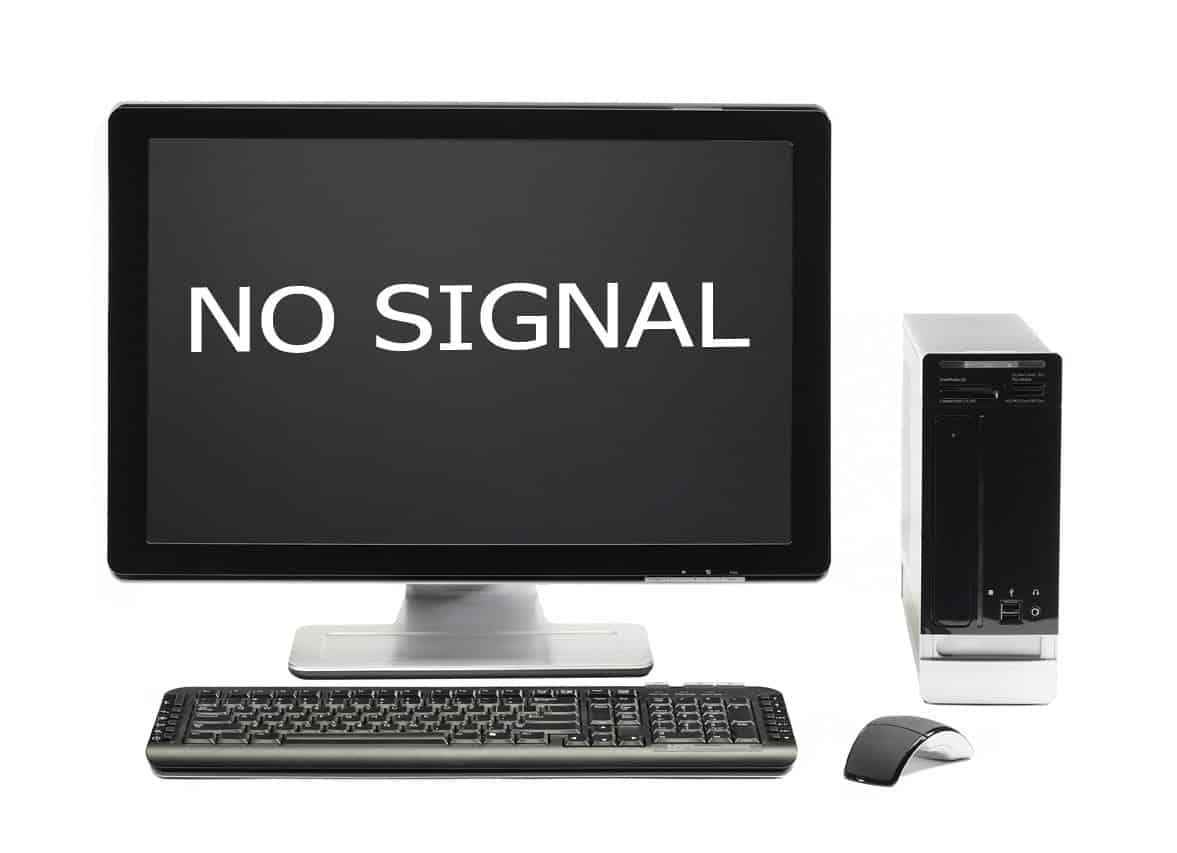Many of you might be looking to flash TWRP recovery, Custom ROM, Mods on their Android smartphone. To let them know, ADB and Fastboot drivers are the essentials tools to perform all these tasks. These are responsible to send terminal commands between your device and windows / Mac computer through a USB cable. Though it’s quite simple to set up ADB and Fastboot drivers, there are few users who find difficulty in setting it up. For all those Android users, here we have a quick guide on how to install ADB and Fastboot drivers on Windows & Mac PC.
- Huawei Driver Update
- Huawei Driver For Mac Osx
- Huawei Driver For Mac Os 10.13
- Huawei E1752 Driver Mac Os X
Make certain you have Download drivers for Huawei the right firmware file on your computer. Most likely, software updates ought to be performed to resolve this situation. After upgrade it is possible to enable back. After the installation is completed, tap Reboot to reboot your cell phone. I have a Huawei WIFI mini 2 (which is different than yours) and I contacted their customer services, they responded very quickly and sent me a new driver by email within 1 day. Now my problem is solved and they told me that they will release new drivers very soon. I am assuming Huawei is working on a driver. Added 10 Locating OS Faults. Removed Tecal from the product name. Added the notice of downloading drivers. Updated the method of checking the driver version mapping. First official release.
How to Setup ADB and Fastboot tool on Windows and Mac OS
Earlier the installation of ADB and Fastboot drivers was one of the difficult tasks. Sometimes users face regular driver’s issues which becomes a major headache. Thanks to Android developers for their continuous dedications and efforts, today it’s become so ease that you don’t need to download the full Android SDK.
There are two methods to set up ADB and Fastboot drivers on your Windows 10,8,8.1,7 and XP. First one is 15 Sec ADB Installer and the second one is Minimal ADB and Fastboot. Both the methods have been explained briefly here. Before we take you to the installation procedure, make sure to enable USB Debugging mode on your Android device.
Install ADB and Fastboot driver on Windows with 15 sec ADB installer:
Step 1: Firstly, download the ADB Installer setup file by XDA member @Snoop05. This not only installs ADB but also installs fastboot and USB Drivers on your Windows PC under 15 seconds.
Step 2: Now you need to run the Exe file adb-setup.exe
Step 3: Now a command windows pops-up and you need to follow the instructions carefully. Finally, type ‘Y’ to start installing ADB and Fastboot drivers.
Huawei Driver Update
Step 4: Once done, again you need to type ‘Y’ to install the device drivers. Wait for a while till the installation process is completed.
Step 5: Finally, click on ‘Finish’.
Step 6: That’s it! You have successfully installed ADB and Fastboot on your Windows PC.
Install ADB and Fastboot driver on Windows with Minimal ADB and Fastboot:
Step 1: Download the Minimal ADB and Fastboot Setup by XDA member @shimp208
Step 2: Run the installation process as an administrator.
Step 3: Follow the on-screen instructions to finish the installation process.
Step 4: Finally you have successfully installed Minimal ADB and Fastboot on your Windows PC.
Step 1: Download Android Command Line Tools to your Mac and extract it.
Step 2: Open the extracted folder and then Tools folder.
Step 3: Next double-click the ‘android’ icon. A Terminal window will open, and seconds later, you will also see the Android SDK Manager window open up. This Android SDK Manager will help to download ADB and Fastboot on your Mac.
Step 4: In the next screen, you will see several items already checked on your Android SDK Manager. Simply, un-check all the items except Android SDK Platform-tools and click on ‘Install 1 package…’.
Step 5: Now another window will open. You need to select ‘Android SDK Platforms-tools’ package present in the left side. Accept the necessary ‘Agree’ option and then hit the Install button.
Step 6: That’s it! ADB and Fastboot drivers will be automatically downloaded and installed on your Mac OS.
Step 7: To confirm the installation, go to the extracted android-sdk-macosx directory and then open the platform-tools folder. Here you will see ADB and fastboot apps, along with several other tools in this directory.
That’s the simple guide to set up ADB and Fastboot drivers on your Windows and Mac PC. For any kind of difficulty during or after the installation process, do let us know in the below comment section.
Related Content:
- Download Huawei / Honor USB Drivers – All Models
- How to Enable USB Debugging on Huawei Honor phones
- How to Bypass any Huawei Phone Password/ Passcode/ Pin Code/ Security
Related Posts
So I have this 4G+/LTE modem - Huawei E3372, also known as Megafon M150-2 - which is exactly the variation I got.
Eventually I got sick of its connection management software for Mac OS (the one that comes from Megafon), so I started looking for a way to be able to connect to the internet on Mac OS without it.
The modem itself is rather a great piece of hardware.
Coming in a form-factor of a USB-stick, it is capable of maintaining quite a high-speed internet connection, and apparently it supports all the international LTE standards because I was using it in several countries without problems.
On top of that it has slots for external antennas and even a slot for microSD card (don’t know what to do with it):
Note that it requires full-sized SIM-cards.
Huawei Driver For Mac Osx
I bought it several years ago in Moscow at some Megafon selling point. Back then it cost me just ~700 RUB (10-20 USD?). The reason for such a low price is usually that modems are locked to a particular operator, but in my case surprisingly that wasn’t the case.
If memory serves me well, I did not perform any unlocking operations, and it just works fine with SIM-cards from other operators than Megafon. I must say, however, I never tried it with any other russian operators - the only SIM-cards I was using it with were the ones from norwegian operators (Telia and Phonero).
And it is available for purchase even today:
- from the very same Megafon, although it is likely to be a locked version (which can be unlocked);
- an unlocked version on Amazon.
But what is wrong with the Megafon software? Well, while it does its job, after some time it started to irritate me for the following reasons:
- It installs god knows what to your system, while the only thing you really need is just a modem driver;
- In addition to the main application it requires its service to run in the background, otherwise it won’t even start discovering the modem;
- It sends some data to different Megafon hosts. I would understand if it was for checking the updates, but why different hosts then? I don’t feel like having yet another spyware in my system;
- File Activity tool from Instruments shows some enormous files access by the application and/or service. What could be the purpose of such an activity, I wonder?
So I started looking for a way to avoid using the Megafon software.
The first clue was the fact that the modem works just fine with routers:

There is no need to install any Megafon software on the router for it to be able to connect to the internet via the modem, is there? So why the need in such a software on Mac OS?
After some research I got the following steps (mostly from this great topic at 4PDA and also this SuperUser answer):
- Install the driver for Mac OS for the initial modem discovery;
- Put the modem into a mode in which it will be discovered by Mac OS as a dial-up modem;
- Add a new network service using the modem.
Driver for Mac OS
Maybe it’s just me, but I’ve spent quite a some time looking for a driver. Surely, I could use the one installed together with the Megafon software, but there is no way to install only the driver, and I wanted to have a “clean” set-up procedure.
Most of links I found on the internet were dead. Of course I tried looking at the official Huawei’s website, but didn’t succeed there either.
But then in a comment section at some blog I did find a link to the working driver. And it was hosted on the official Huawei’s website! I don’t know how does one find it on his own, but here’s the link.
You don’t have to install everything, the only thing you need from this package is the driver (MobileConnectDriver.pkg):
I will be hosting a copy just in case the official link dies like the rest at some point. Note that this is a driver for Mac OS Mojave, scroll to bottom for the Catalina version.

Huawei Driver For Mac Os 10.13
After the installation you should get the following thing installed:
Check if the modem is discovered in the system:
Switching to dial-up mode
I’m sure that it’s called something else and not the “dial-up mode”, but I haven’t found the correct name for it.
So, you’ve got your modem discovered by the system. Connect to it via screen:
And try to communicate with it using AT-commands. First I tried to collect some information about the device (first line in each group is the command, the following lines are the response):
Okay, and here’s the command to switch the modem into dial-up mode:
Connecting to the internet on Mac OS
The only thing left is to create a new network service in Mac OS.
Create a new service using HUAWEIMobile- interface:
Set the good old mobile dial number *99#:
And you’re connected to the internet without any additional software, using only the native Mac OS tools:
Huawei E1752 Driver Mac Os X
As it was pointed out in comments, the driver stopped working on Mac OS Catalina. Most likely this is because it was x32, and Catalina requires x64, so an x64 version of driver is required. That actually was one of the reasons why I haven’t upgraded to Catalina.
Fortunatelly, such version exists, and apparently has been available since at least 30.10.2019. An awesome chap shared a link on 4PDA forum. I’ll host a copy here too.
I’ve tested it on Catalina, and it works fine.
